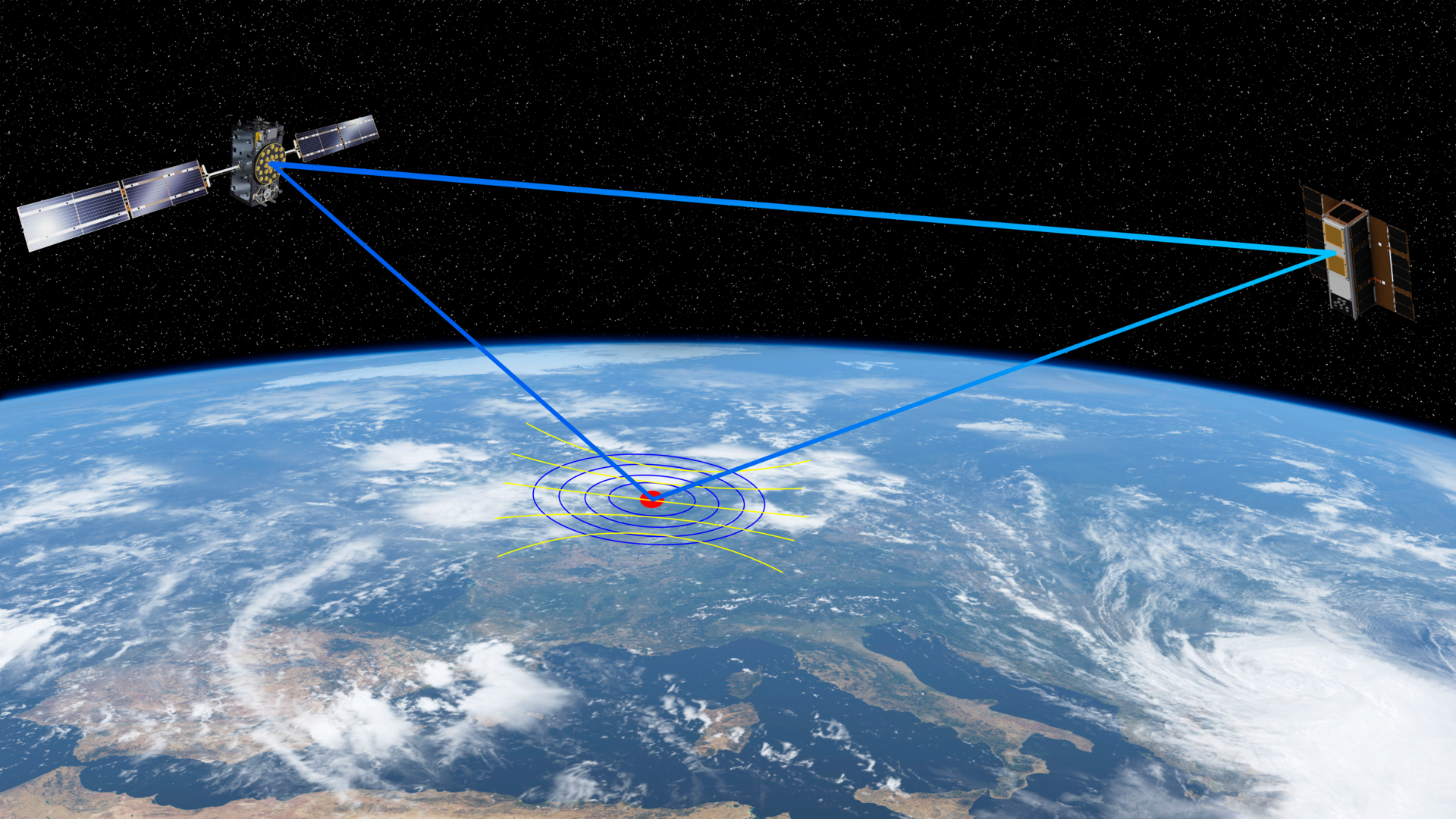Icy first light of shoebox-sized PRETTY CubeSat
A shoebox-sized satellite looking far to the horizon picked up a strong signal reflection from hundreds of kilometres below it, beside a lonely polar island in the Canadian Arctic. ESA’s PRETTY CubeSat mission team could not be quite certain of what its instrument first light was showing until cross-checking it against a Sentinel-1 radar map of the same location, to find a precise correlation with a stretch of offshore sea ice.
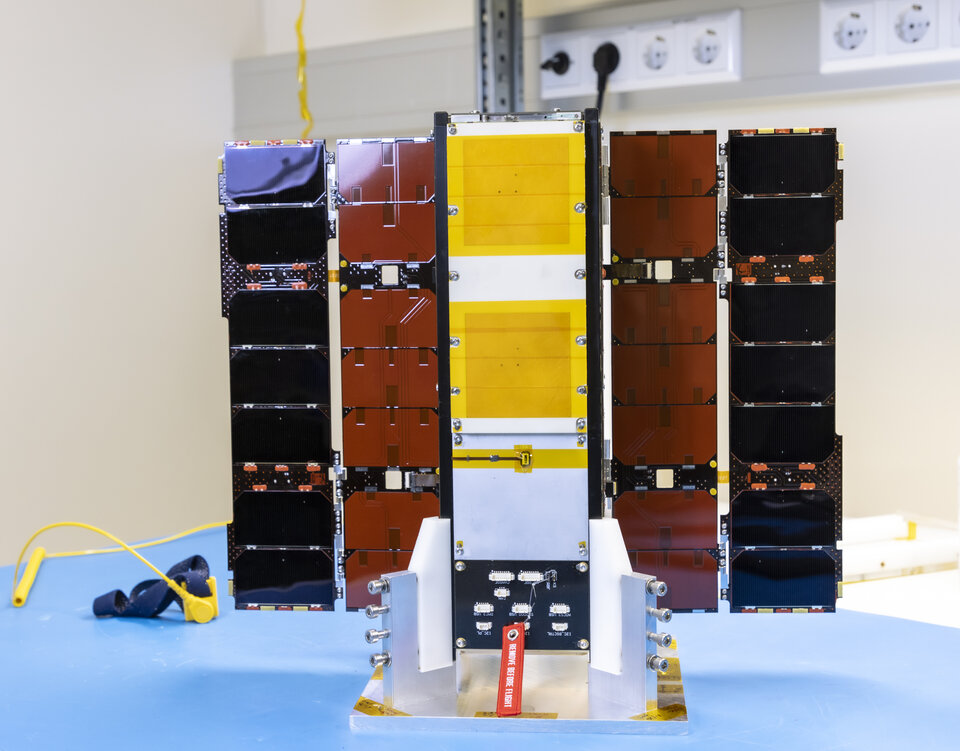
PRETTY’s main instrument is a new type of ‘reflectometry’ instrument, which uses the same type of satellite navigation signals our smartphones and cars rely on for directions, but in a very different way. PRETTY has twin patch antennas that it points towards Galileo and GPS navigation satellites visible ahead of it in space. These antennas gather signals coming both directly from the satellites and reflected off Earth’s surface. By precisely comparing these two signals using a technique called ‘interferometry’, PRETTY can calculate the range of the reflected signal, deriving altitude and other surface characteristics.
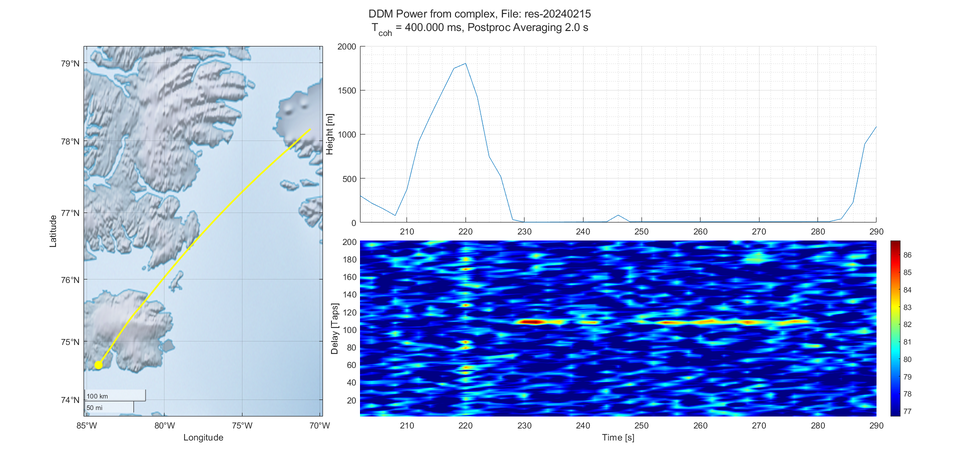
“I’m amazed by the quality of the result, because this was basically the first time we turned on the software, since reaching orbit,” explains Andreas Dielacher of Beyond Gravity, who developed the signal processing core PRETTY uses. “Overall ground truth for this instrument is very limited; it’s not so long ago we made a field test campaign where we were pointing an antenna over a bridge in Vienna to measure the height of the Danube River. While our calculations and simulations predicted all would go well, unpredictable things can happen in space. But, with these first results, I’m left really impressed by the instrument’s performance.”
At just 34 x 10 x 10 cm in size, the PRETTY, Passive REflecTometry and dosimeTrY, mission is a ‘3-unit’ CubeSat – a low-cost, standardised type of small satellite built up from 10 cm boxes. Funded through ESA’s General Support Technology Programme by Austria, PRETTY has been developed by an all-Austrian consortium, with Beyond Gravity Austria as prime contractor developing the reflectometry payload, Seibersdorf Laboratories contributing a radiation dosimeter payload and Technical University of Graz with overall responsibility for the satellite and operations.

PRETTY was launched on ESA’s Vega launcher last October into a 560 km altitude orbit. A prolonged commissioning phase followed, complicated by issues with the satellite’s pointing software and radio interference from other sources.
“It’s taken a lot of effort to reach this point,” notes Camille Pirat, system engineer in ESA’s CubeSat Systems Unit and PRETTY’s technical officer. “We selected this location for our first light to show what the mission can do, and the results are indeed impressive. Now we are ready to gather more data, aiming to perform at least one new acquisition each day during nominal operations.”
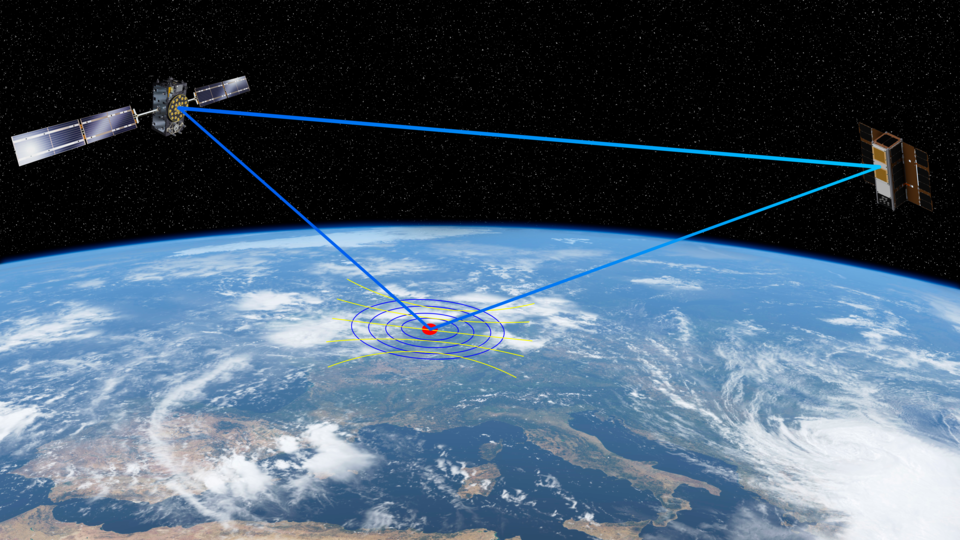
ESA radiometer engineer Manuel Martin-Neira was the inventor of the reflectometry concept three decades ago, which is in use by multiple missions and constellations today, turning reflected satnav signals into a low-cost source of environmental information, especially wind and sea ice data. He explains that PRETTY works differently from typical reflectometry missions: “Standard reflectometry missions are based on signals that are reflected nearly straight up, while PRETTY relies on signals reflected sideways at a very shallow angle, known as ‘slant geometry’.
“The original idea of using grazing reflections came from radio occultation, where the passage of satnav signals through the atmosphere is used to derive data on temperature and humidity vertical profiles. It was noted that signals bouncing off Earth’s surface at such angles remained much more coherent, so might be picked up using quite small antennas.
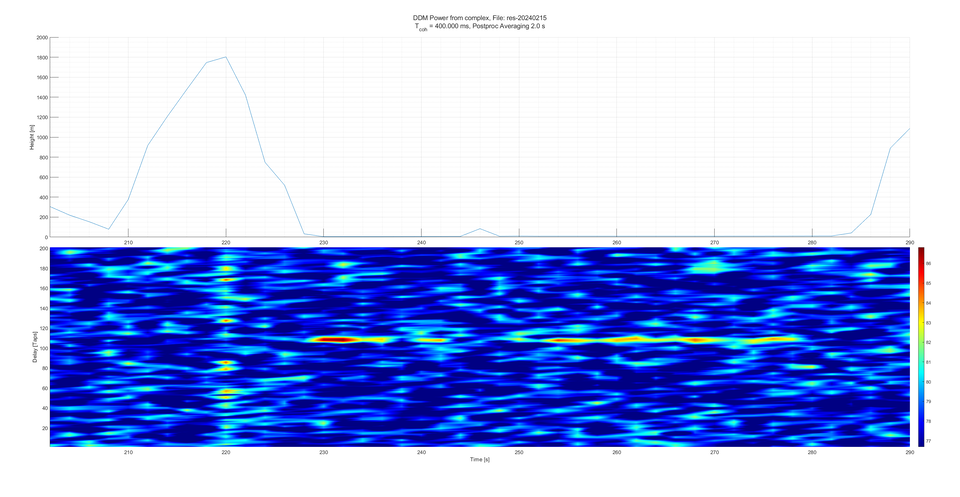
“To boost this coherence further, the decision was made based on ground testing to switch to using the E5/L5 signal band as transmitted by European Galileo and US GPS satellites. This is the first time this band has been employed for this kind of ‘interferometric’ reflectometry, but its lower frequency helps to account for the excellence of these first results.”
Most conventional reflectometry missions operate by checking reflected satnav signals against locally generated copies. The problem with this technique is that accuracy is limited to the level of positioning coded into the signal – for instance the most secure class of signals remain off limits to non-governmental users.
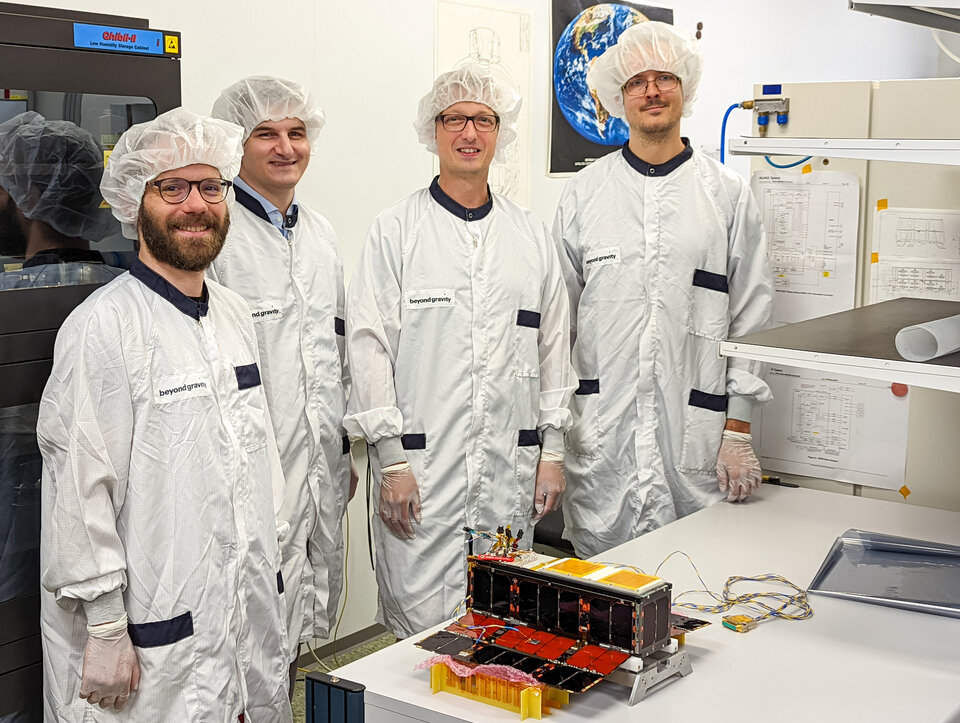
Interferometry, by contrast, involves cross-checking entire signals – rather than the ranging information coded into them – so ends up as more precise. PRETTY is designed to employ both methods, so will be able to cross-check their relative effectiveness.
PRETTY’s first light signal track begins with strong reflectivity, which decreases further along as the sea ice gets older, rougher and potentially giving way to open water – so instead of a single reflecting surface there are multiple reflections, like a shattered mirror.
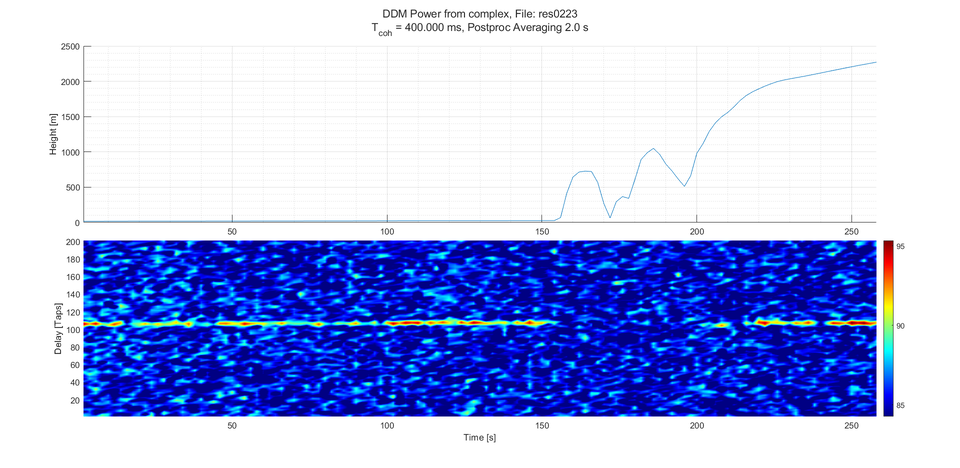
Andreas explains: “The track passes over a small island, at which point we have a steep change in elevation which leads us to losing acquisition for a short stretch, as the signal goes outside of our observation window. That comes down to the relative coarseness of the digital elevation model being used, but the acquisition is acquired again as we cross back into the sea.”
Manuel adds: “For our second observation we similarly lose track as the coverage passes from sea ice north of Greenland onto Greenland itself. But we do resume coverage on top of the Greenland ice sheet. So in principle we should be able to observe over the Antarctic ice sheets as well.”
As more data are gathered, the results will be cross checked against other reflectometry and conventional altimetry missions, to test the limits of this new Earth-observing method. PRETTY was ESA’s first reflectometry mission to be approved, although was beaten into orbit by the Spanish-made FSSCat CubeSats. The next ESA reflectometry mission, HydroGNSS, will focus on land observation, including soil moisture,biomass, freeze-thaw soils and inundation areas.
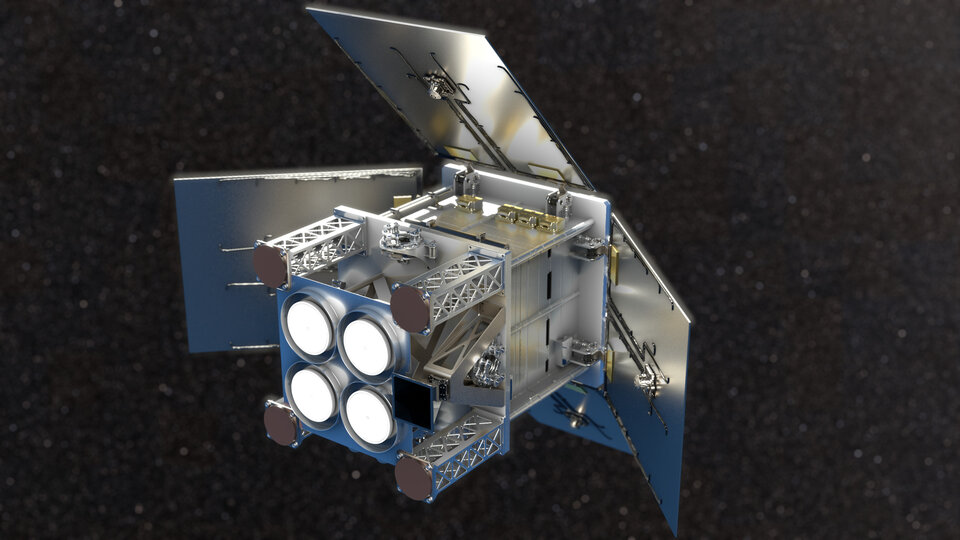
PRETTY’s second instrument is also up and running. This miniaturised dosimeter for space radiation, SATDOS, will operate throughout its mission to give an authoritative space radiation map of low-Earth orbit.
Christoph Tscherne, PRETTY project manager at Seibersdorf Laboratories comments: “We are thrilled to witness the 'first light' of SATDOS aboard PRETTY, which marks a significant milestone in our mission to monitor radiation levels and their effects in orbit to ensure the reliability of satellite systems in space. So far, we have analyzed five hours of initial data, covering more than three cycles around the satellite's 560 km sun-synchronous orbit. This data clearly confirm the functionality of all the dosimetry sensors onboard SATDOS and signals our readiness to to move into the science phase of the mission.”
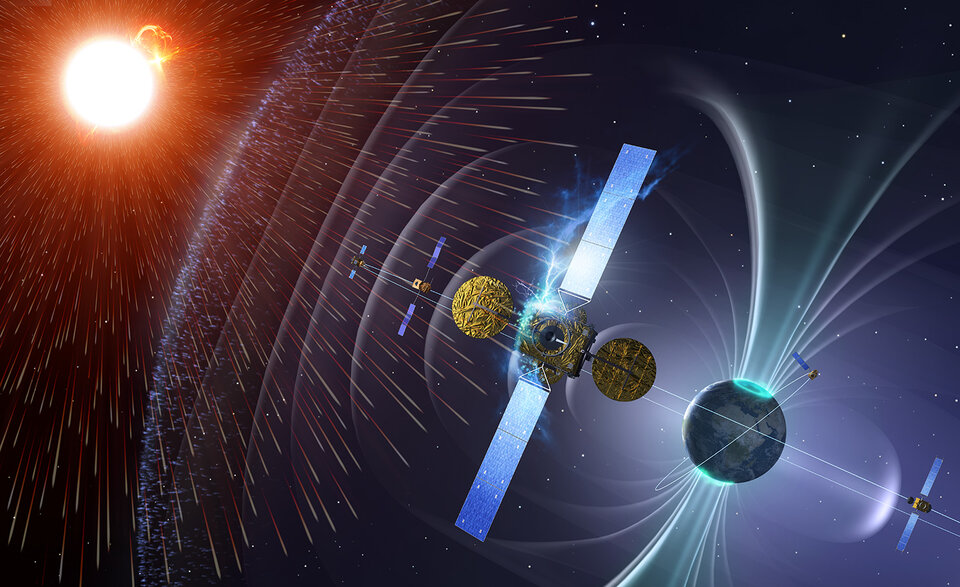
Manuela Wenger, PRETTY project manager at TU Graz, adds: “Everyone put in a lot of effort to verify the functionality of the entire platform with its various modules and analyse and tune all necessary parameters – especially of the attitude control system – to create an optimal starting point for the payload operations. It is truly uplifting when all team members work long and hard toward a goal and despite some obstacles ultimately succeed in gathering the first light.”


